Past exhibitions
The Goya Museum-Ibercaja Collection stands out for its constant activity, with new exhibitions, courses and workshops. One of our greatest aims is to bring major paintings to the public and to disseminate the knowledge of outstanding professionals in the field. Below is a list of the exhibitions that have been held during the new stage of the Goya Museum-Ibercaja Collection.
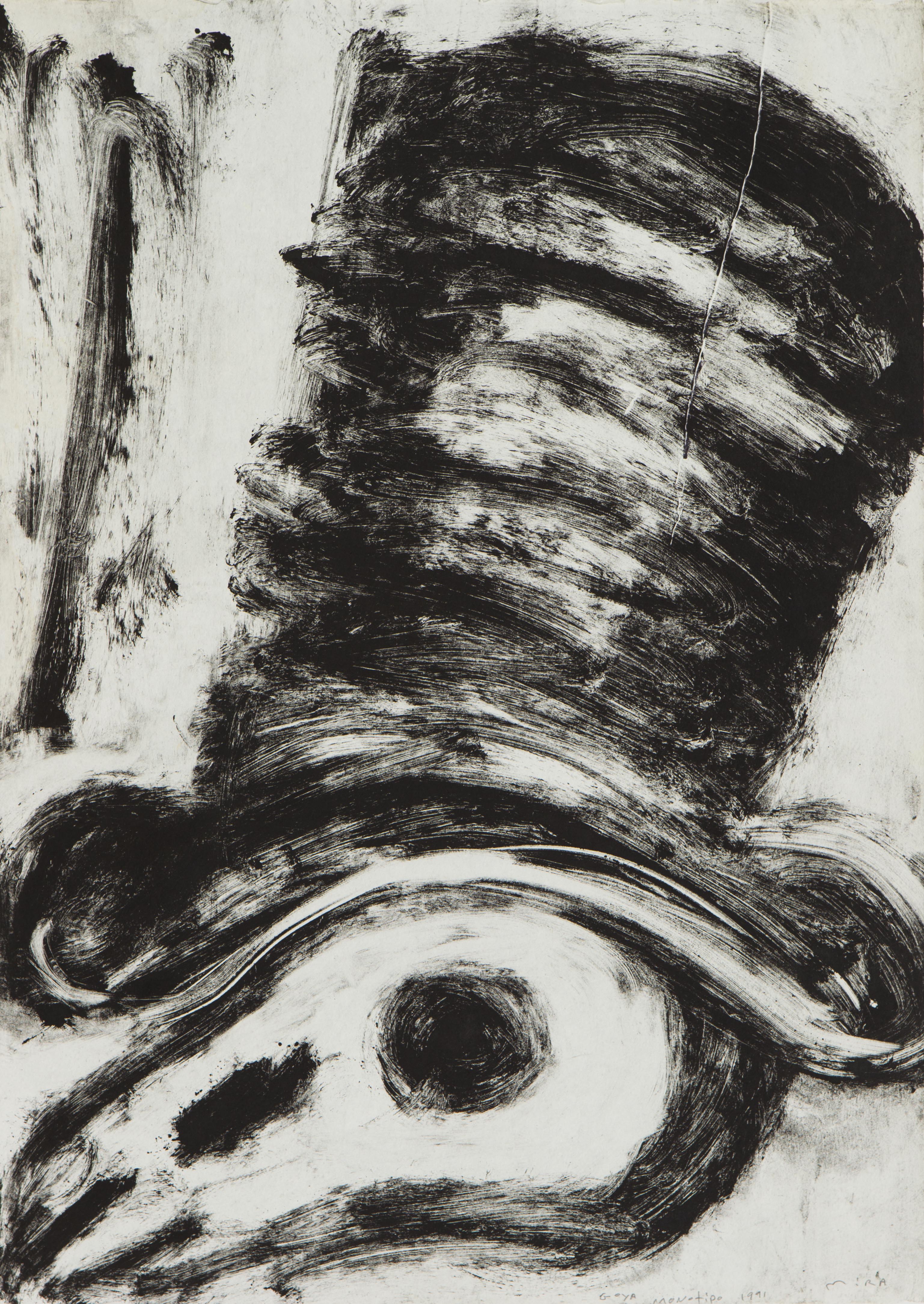
The graphic work of Francisco de Goya (Fuendetodos, Zaragoza, 1746 - Bordeaux, 1828) is considered one of the most important facets in which the Aragonese artist expressed his genius and his absolutely innovative spirit. His contributions to etching and the mastery he achieved in its execution throughout his life make Goya into an unavoidable point of reference for understanding the evolution of etching and researching it in numerous aspects.
The Goya Museum has a permanent exhibition of the complete collection of Goya’s prints. They show he was a pioneer of modernity not only in terms of technique but especially in the conceptual side to his work: subjectivity, irrationality, oneirism, satire, cruelty, violence and expressiveness are some of the keys to Goya which are precursors of 20th century art.
“Víctor Mira. On Goya, the fifth dog and The Follies” concludes the Ibercaja Foundation’s series of four exhibitions which in 2017 and 2018 have examined the influence of Goya as an etcher on leading artists of the contemporary world Salvador Dalí, Pablo Picasso, Jake and Dinos Chapman and Víctor Mira. They reviewed or interpreted his main series – Los Caprichos, La Tauromaquia, The Disasters of War and The Follies – while exploring the images, meanings, thoughts and perceptions experienced with Goya’s work to provide a modern vision of Goya’s legacy that embellishes and enriches their own creation as contemporary artists.
This exhibition brings together a total of 36 items including large canvasses, sculptures and works on paper, most of them previously unseen. They show the painter’s expressive depth and his identification with and admiration for Francisco de Goya.
Goya and the Borbón-Vallabriga family
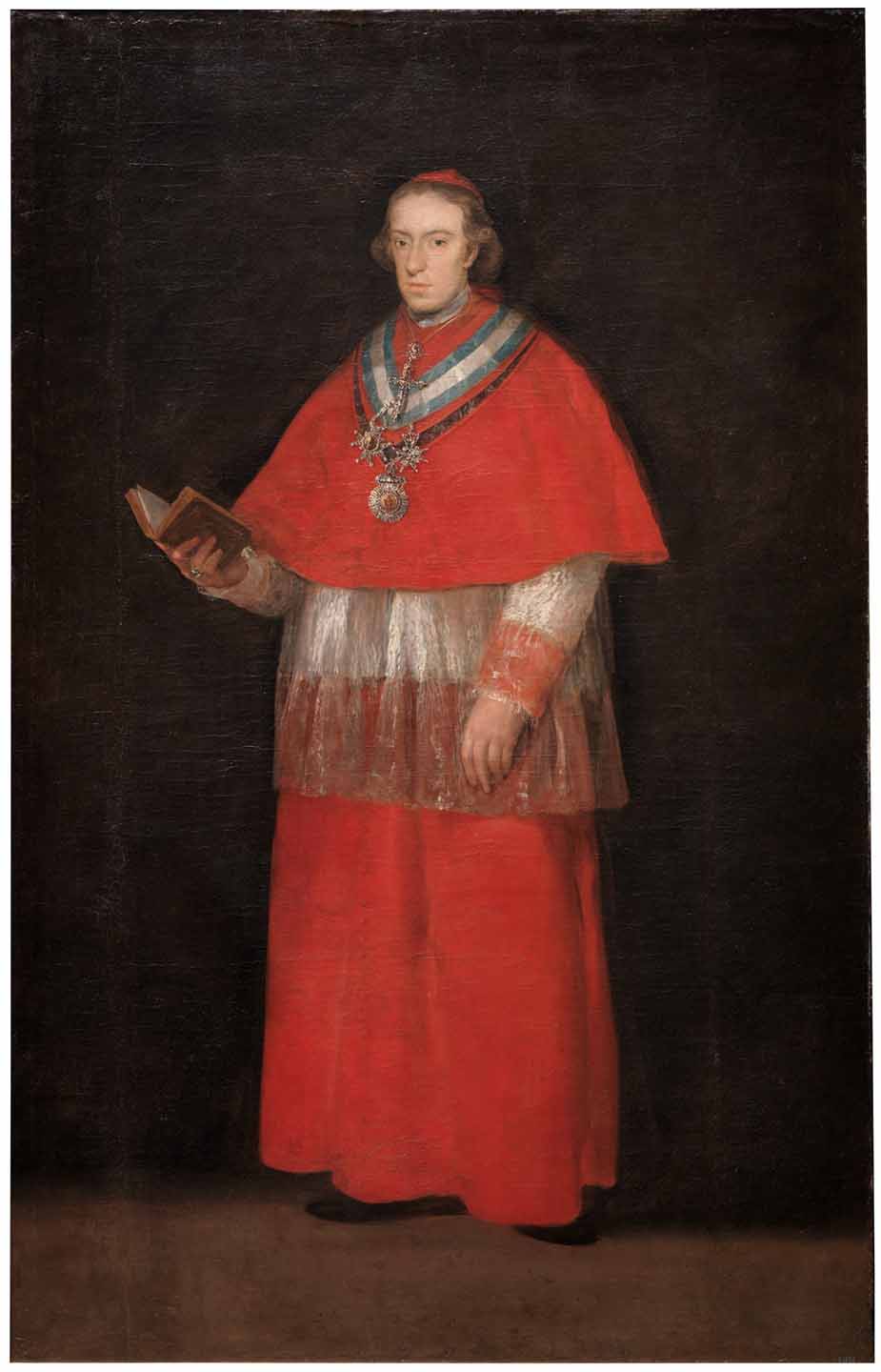
About the restoration of Cardinal Luis María de Borbón y Vallabriga (Francisco de Goya, c. 1800)
The generous assistance of the National Prado Museum enabled the Ibercaja Foundation to show to the public the portrait of Cardinal Luis María de Borbón y Vallabriga (Francisco de Goya, c. 1800), which was seen for the first time following its restoration by the Prado Museum workshop from June 2017 until the beginning of 2018.
This occasion was the story line of this exhibition experience around the portraits painted by Francisco de Goya for the Borbón y Vallabriga family. Goya had sincere affection and appreciation for the members of this family due to the patronage he received from them.
Disasters of War. Jake & Dinos Chapman on Goya
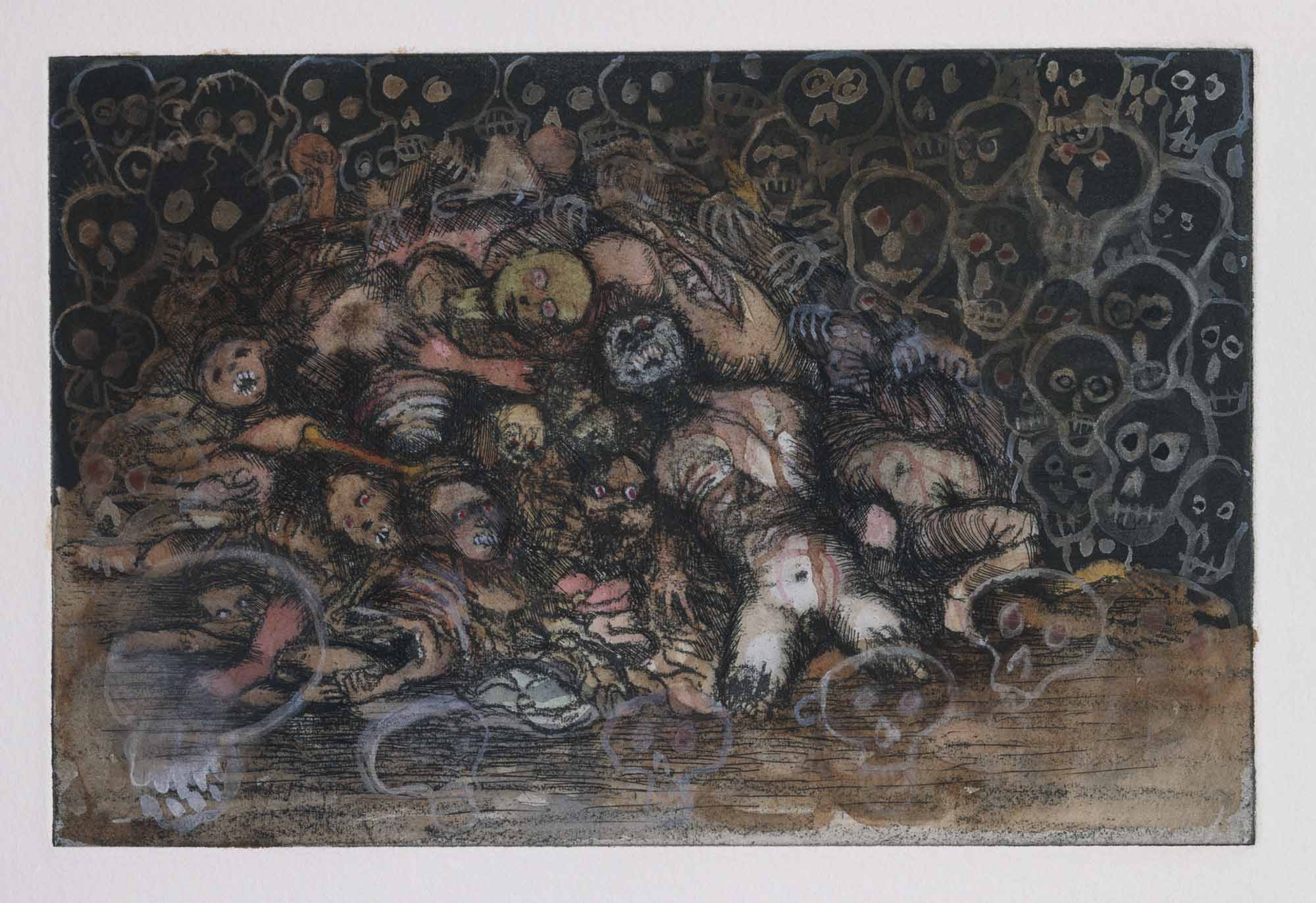
The graphic work of Francisco de Goya (Fuendetodos, Zaragoza, 1746 - Bordeaux, 1828) is considered one of the most important facets in which the Aragonese artist expressed his genius and his absolutely innovative spirit. His contributions to etching and the mastery he achieved in its execution throughout his life make Goya into an unavoidable point of reference for understanding the evolution of etching and researching it in numerous aspects.
Disasters of War. Jake & Dinos Chapman on Goya was an exhibition consisting of the original prints by the Chapman brothers entitled Disasters of War IV, a series of eighty-three etchings coloured by hand in 2001 in which the work of the Aragonese genius is reinterpreted to show the close relationship between their visions due to their common themes concerning violence and war and also because of their expressive parallelisms, the power of the images and the way they can appal the spectator.
Bullfighting: passion and innovation, Francisco de Goya and Pablo Picasso
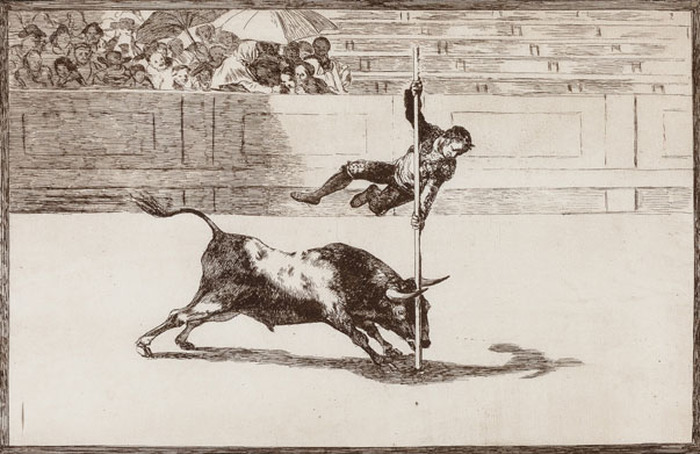
“Bullfighting: passion and innovation, Francisco de Goya and Pablo Picasso” was an exhibition made up of Picasso’s original prints in which he reinterpreted the work of the Aragonese genius, sharing a passion for the bull’s dance in its encounter with human intelligence.
Alongside Francisco de Goya, Pablo Picasso is the Spanish artist who best understood and expressed the world of bulls; and this in a country and at a time when bull rings played a key role in society.
Goya’s ‘Los Caprichos’ by Dalí. Graphics work by Salvador Dalí
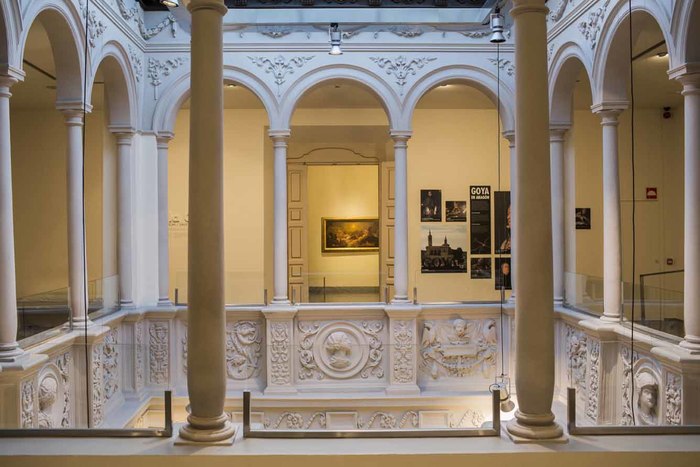
The Goya Museum. Ibercaja Collection-Camón Aznar Museum has a permanent exhibition of the complete collection of Goya’s prints. They show he was a pioneer of modernity not only in terms of technique but especially in the conceptual side to his work: subjectivity, irrationality, onirism, satire, cruelty, violence and expressiveness are some of the keys to Goya which are precursors of 20th century art.
Goya’s ‘Los Caprichos’ by Dalí featured Salvador Dalí’s eighty original prints in which he reinterpreted the work of the Aragonese genius by using the pre-existing images, adding new figures and changing scenes and characters from his surrealist perspective.
Passion for Art.The century of restlessness in Goya’s Aragon
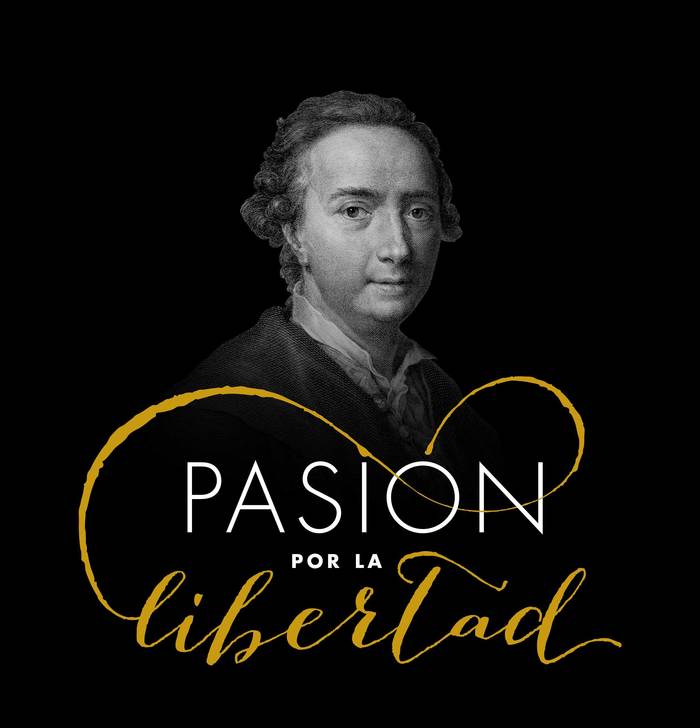
The Passion for Art; the century of restlessness in Goya’s Aragon exhibition was part of the Passion for Freedom project run by Fundación Bancaria Ibercaja to recover the Aragonese Enlightenment and thus add to our knowledge about the people of Aragon. It publicised those generations of artists who, overshadowed by the genius of Fuendetodos, largely forgotten by historiography and in general barely known by the public, nevertheless achieved national importance.
Teresa of Ávila: From Goya to the academicians of today
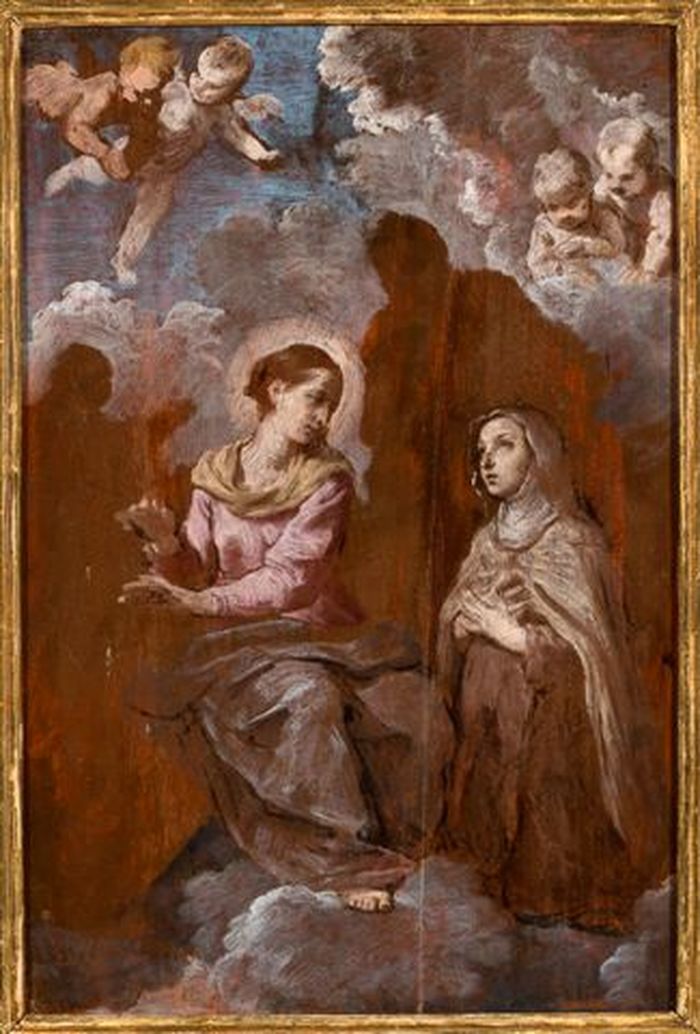
Saint Teresa of Ávila has for centuries been an example for life. Her influence on art has been extremely significant and her iconography has been the subject of substantial studies and contributions. As a result and without forgetting all that tradition, it was fascinating to consider how the image of Saint Teresa is seen by 21st century art, which is what the artists of the San Luis Royal Academy of Fine Arts set out to do.
Goya among Aragonese portrait painters

The exhibition "Goya among Aragonese portrait painters" studies the influence of Francisco de Goya in the genre of portraiture among Aragonese painters, from the stela found in his own historical setting to artists of the second half of the 20th century, delving into details and techniques instituted by Goya that represented breakthroughs in the concept of the portrait and still remain in force today.
TIME ALSO PAINTS. CARRERA BLECUA DREAMING GOYA
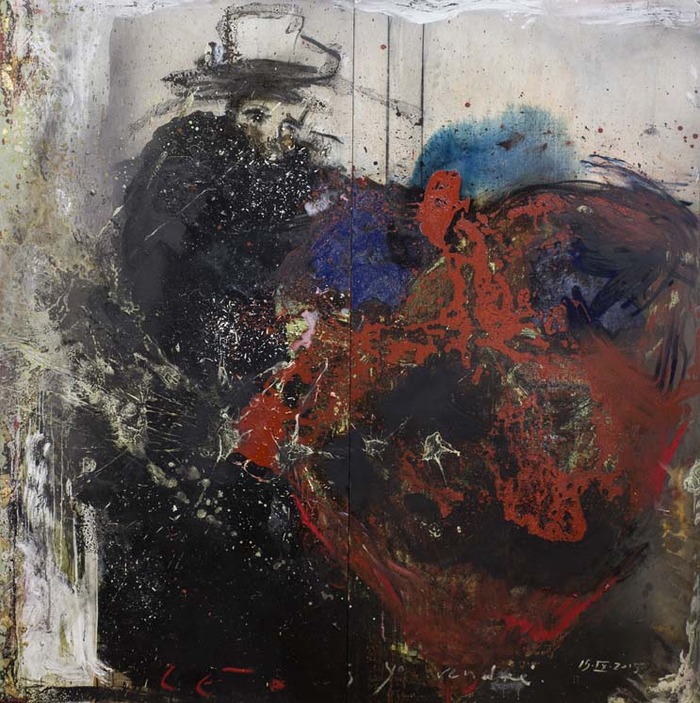
In its quest to disseminate and deepen study of the work created by Francisco de Goya, Ibercaja Social Projects proposes a game of mirrors between this universal Aragonese painter and contemporary art.
GOYA AND THE VIRGIN. HIS IMAGES OF ZARAGOZA

This exhibition centred on the relationship that Francisco de Goya kept with his hometown through his works related to the figure of the Virgin Mary.


